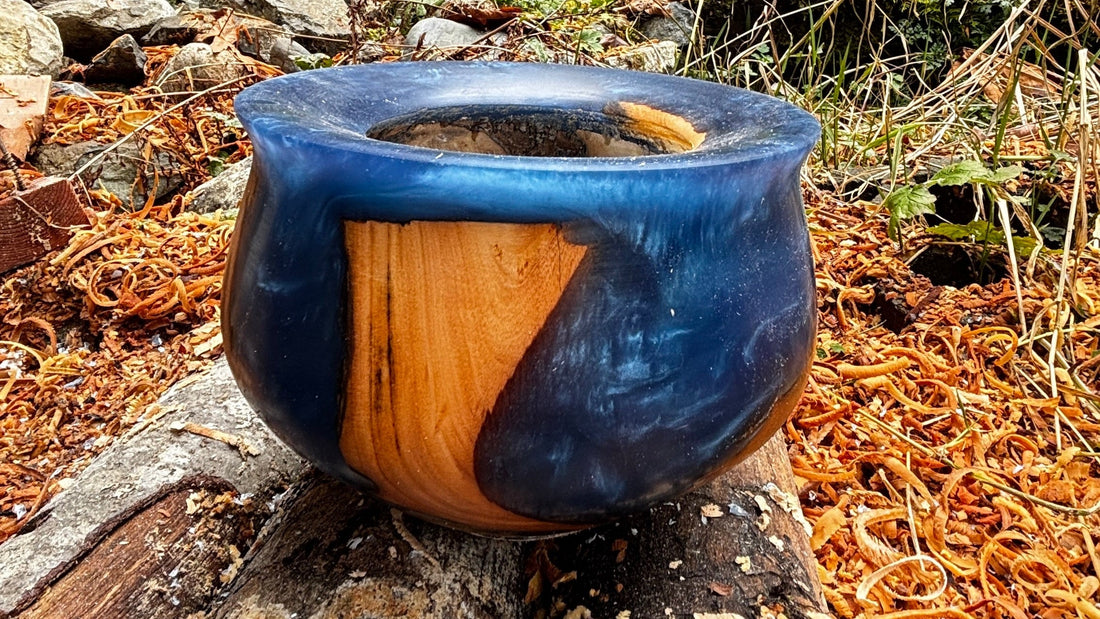
The Origin of the Ogee Style Bowl
The Origin of the Ogee Style Bowl
The ogee style, characterized by its distinctive S-shaped curve, has a rich history that spans various cultures and centuries. This elegant design is not only prevalent in woodworking but also in architecture, textiles, and other decorative arts.
Historical Roots
The term "ogee" originates from the ancient architectural design known as "cyma reversa," a Latin term where "cyma" means molding and "reversa" means returned. This design features a double curve that bends one way and then the other, creating a flowing, serpentine shape[1]. The ogee curve first appeared in ancient civilizations, including Persian and Greek architecture, where it was used in decorative moldings and structures.
Middle Eastern Influence
The ogee design gained prominence in the Middle East, particularly in Islamic architecture. The iconic ogee arch, with its graceful, onion-shaped curves, became a hallmark of Middle Eastern design. This style was widely used in mosques, palaces, and other significant buildings, contributing to the region's architectural identity[2].
European Adoption
The ogee style made its way to Europe during the Gothic period, around the 12th century. It became a defining feature of Gothic and Venetian Gothic architecture, seen in the intricate arches and moldings of cathedrals and palaces. The Doge's Palace in Venice is a prime example of the ogee's influence on European architecture[2]. The design continued to evolve and spread throughout Europe, eventually becoming a staple in Gothic Revival architecture in the 19th century.
Ogee in Woodworking
In woodworking, the ogee curve adds a touch of elegance and complexity to various projects, including bowls. The ogee style bowl features a double curve that enhances its aesthetic appeal and engages the viewer's eye. This design not only adds visual interest but also demonstrates the woodworker's skill and precision[3].
Conclusion
The ogee style bowl, with its origins rooted in ancient architectural designs, has transcended time and geography to become a beloved element in woodworking. Its graceful curves and historical significance make it a timeless choice for artisans seeking to create beautiful, unique pieces. Whether in architecture or woodworking, the ogee design continues to captivate and inspire with its elegant, flowing lines.
[1]: Wikipedia [2]: Moroccan Bazaar [3]: Turn A Wood Bowl
References
[1] Ogee - Wikipedia
[2] Moroccan Design Trends and the History of ‘Ogee’
[3] Ogee Bowl Design – How To (understand, design, make) - Turn A Wood Bowl
